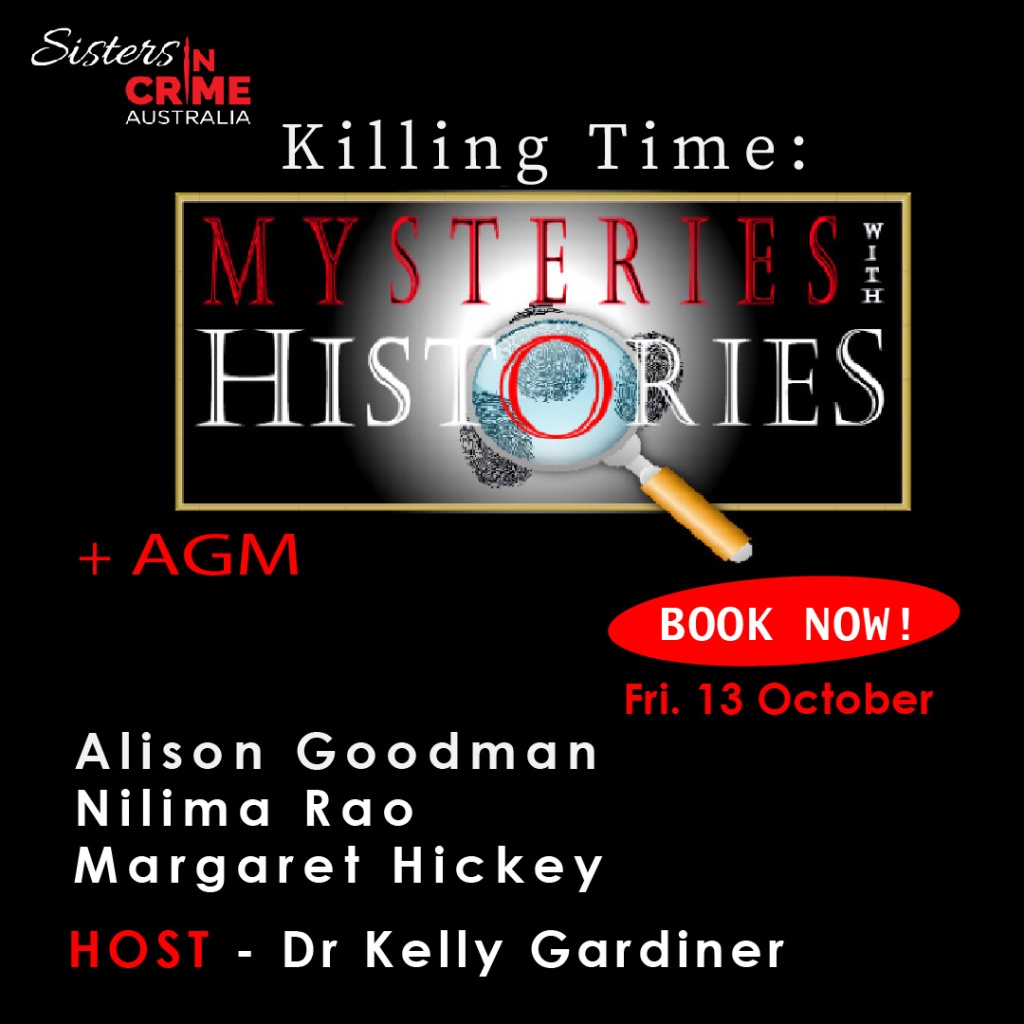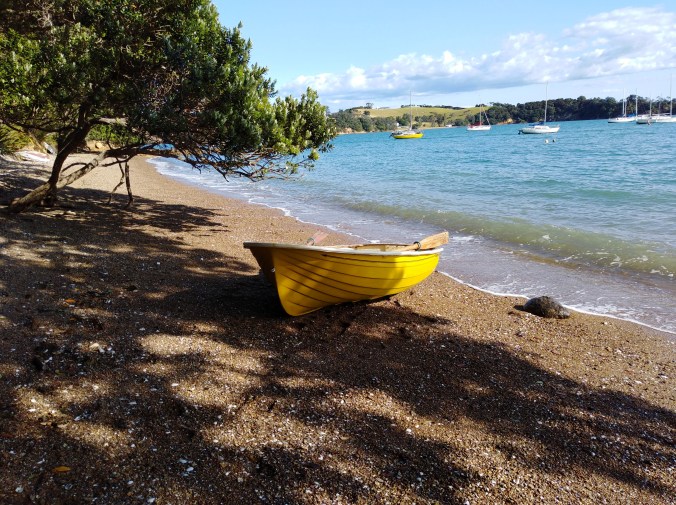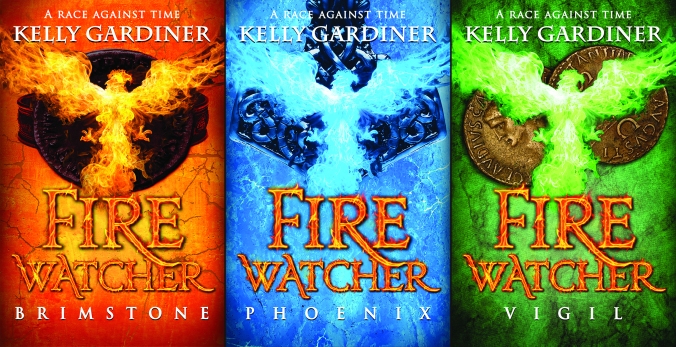Here’s the text of a speech I gave at a History Council of Victoria seminar on History and Fiction, 28 August 2018.
Other speakers were Linda Weste and Ali Alizadeh, and the panel was chaired by Kathleen Neal.
Here’s (roughly) what I said.
What is historical fiction? You may have an idea in your head – a shelf of maritime novels by Patrick O’Brien, or blockbusters glimpsed in airport bookshops – all armour and abs and authors names in gold lettering. In truth, it’s a broad church. The definition of the Historical Novel Society is simply that it is fiction set more than 50 years ago, or beyond the personal experience of the author. It includes incredibly popular genres such as historical crime and romance, sub-genres such as military or adventure tales, cosy mysteries and thrillers, literary or experimental fiction set in the past, entire industries of Regency and Tudor novels, or biographical novels, especially about neglected figures. It includes War and Peace and Wolf Hall and The Book Thief. And as you see this evening, we three alone span thousands of years in terms of era and setting.
We can make a few generalisations across genres and forms, across diverse readerships, and across international boundaries. Every novelist I know is obsessed with research and takes the accuracy of historical detail extremely seriously, just as every historian I know sees their writing as a creative process, and takes the task of story-telling extremely seriously. We have much to learn from each other, and much in common – more than you might think, given some of the fraught debates of the past.
How do we balance documented historical data with informed speculation? And how do we understand and convey the world view of people from the past?
These questions become even more critical when writing about people who really lived, as they do for a historian writing a biography of an individual.
Here are a few questions and approaches involved in two of my projects based on the lives of real historical figures but imagined in fiction. The first, Goddess, published a few years ago now, was an interpretation of the life of Julie d’Aubigny, or Mademoiselle de Maupin, a seventeenth-century French swordswoman and opera singer.
Her story has been told before, on the page and on screen, usually as a series of extraordinary events. But her life is largely undocumented. I undertook years of original research into her life and career, for example, compiling the first comprehensive list of her opera performances, as any biographer would do. I wanted to create a credible narrative of her life, but I also had to decide how to treat those incredible episodes for which she is most famous. My decision as a novelist, which is probably not a decision a historian could make, was to include the wild stories if they served the narrative, unless I could prove them demonstrably wrong. I also knew that leaving them out would’ve meant the novel would disappoint many people.
Because famous or infamous people already loom larger than life in the mind of the reader. One of the most dramatic episodes in La Maupin’s early life was when she fell in love with another young woman whose family then threw her into a convent to get her away from Julie’s influence. Julie followed, and together they burned down the convent and eloped. It’s this kind of adventure that has seen her dubbed bad ass of the month online and made her into a Thelma and Louise-style feminist icon.
But I wanted to dig into that.
I crawled through the early accounts, trying to pin down details and find proof of the whole affair. But it’s the sort of thing that no convent is going to crow about, and the early biographers are coy. I found the most likely candidate for the convent in Avignon, but its current owner has no record of the incident.
Perhaps it was another convent, in another town.
 Perhaps it never happened. But it’s not worth writing the story of the legend of La Maupin without that episode. She was fifteen and on the run, having committed what even she would have acknowledged as a sin, sentenced to burn at the stake. The two girls had no money, no friends, nowhere to go. The girl was found and sent to another convent, where she died. Julie became a star. Imagine how that was for her.
Perhaps it never happened. But it’s not worth writing the story of the legend of La Maupin without that episode. She was fifteen and on the run, having committed what even she would have acknowledged as a sin, sentenced to burn at the stake. The two girls had no money, no friends, nowhere to go. The girl was found and sent to another convent, where she died. Julie became a star. Imagine how that was for her.
It must surely, if true, have made her into the adult woman she became, strutting through Paris in men’s clothes, fighting three duels on one night, at once brave enough to be openly bisexual and challenge noblemen to duels, and fragile enough to attempt suicide. So in my imagined life of La Maupin, it became one of the emotional events that defined her as a character.
A novelist looks for the stories that help explain the people, and keep the plot humming along, but has to decide whether the action is likely – truth may be stranger than fiction, but is it credible?
More recently, writing Grace, a novel about the lives of Queen Elizabeth I and the Irish pirate Grace O’Malley, I’ve faced similar questions, but from different angles. Again, two enigmatic people – why do I do it to myself? And although their stories are better documented, their inner lives remain elusive.
The tale I’m telling – and I’ve just finished redrafting it – is of the meeting of Grace and Elizabeth at Greenwich Palace in 1593. They were older when they met, both shrewd politicians and warriors in different ways. They were, in theory, lifelong enemies. Grace had led the rebellion against Elizabeth’s troops in the west of Ireland, for decades.
They were also, possibly, more alike than anyone either of them had ever met. They surely both experienced the shock of meeting a woman as assured, as cunning, as dangerous, as themselves.
Nobody knows what they said to each other. And in that absence, lies my fiction.
The Irish writer Emma Donoghue has said that ‘stories are a different kind of true.’[i] So how do we get to some truth of these two women’s stories? Can we? Whose truth is it? Theirs? Mine? Yours? The many historians who’ve written their own versions?
For me, and my readers, fiction has to be as historically accurate as possible. I’m not one of those authors who easily shifts the past around to make it fit the story I want to tell.
That means I try to get everything right – all the biographical and historical data – as well as all those moments that I can and must imagine.
I have the liberty to ask: how might Grace have felt, out on the open sea, or in a prison cell facing execution, or going to the palace to meet her enemy? There’s nothing in the archives to tell me that.
In many ways, Elizabeth is just as difficult to capture on the page. Her life was more regimented and more documented, and as she once said, ‘A thousand eyes see all I do.’ [ii]
But Elizabeth is just a little too iconic.

We think we know her, but we don’t. I chose to focus on aspects of Elizabeth perhaps not as well known to readers of fiction. She was, for example, one of the foremost translators of her time, and was a prolific poet, writing every day. She often wrote hymns or sermons and then ordered that they be printed and distributed to every church in the kingdom. As you do.
So I started thinking about all the things these women had in common. In both their lives, and often around the same age, there were parallel stories to tell, and as they grew older those stories tangled together.
After years of war between them, somehow they reached agreement, perhaps even a degree of mutual respect. How? That’s the question the novel, Grace, explores. It is told in two voices, alternating between the points of view of these two remarkable leaders.
Which brings me to the critical creative decision novelists make – voice. How do we render characters’ speech, point of view, and narrative voice? And in this, lies one of the central questions about the nature of historical fiction.
You’ll often hear readers and writers talking about whether or not historical fiction, and the voices that convey it, are authentic. As if ‘authenticity’ is the holy grail of historical fiction, and distinguishes it from other forms of fiction and from nonfiction history writing. As if ‘authenticity’ can be used interchangeably with ‘accuracy’. As if authenticity is required to somehow compensate for the fact that what we’re reading is fiction, not history, or even that it offers a more truthful truth.
Sorry. There is no such thing as authenticity in historical fiction. There is historical accuracy, or not. But particularly when it comes to voice, the very idea is, as Henry James put it, ‘humbug.’[iii]
Authenticity, by definition, can’t be created.
‘Authenticity’ of voice, in particular, simply doesn’t and cannot exist in fiction set in the distant past. If I really wrote Grace O’Malley’s words as she’d have spoken them, you’d never understand it. What we aim for is something different altogether.
In 1820, introducing Ivanhoe, Walter Scott wrote: ‘It is necessary, for exciting interest of any kind, that the subject should be, … translated into the manners as well as the language of the age we live in.’
I suggest that what some writers now mean by authenticity, and what readers have been led to expect, is exactly what Scott outlined nearly two hundred years ago. It is not authenticity, but an accepted form of the historical novel. This is where history and fiction truly diverge.
The expectation of historical fiction is not really that it will be authentic, but instead that it will feel familiar to us from our reading of the genre – and often that familiarity actually comes from reading Scott or Robert Louis Stevenson and their descendants.
How many readers (or movie-goers) now believe that an ‘authentic’ Caribbean pirate voice is the one dreamed up centuries later and half a world away by the young Scotsman who wrote Treasure Island?

Authenticity in historical fiction is, in itself, a fiction, and at worst its own dialect set in the aspic jelly of the nineteenth century.
In the twentieth century Georgette Heyer redefined the Regency, while Rosemary Sutcliff created speech patterns that appeared to suit early Britons but were essentially modern, and Geoffrey Trease refined the model of a voice almost invisible to young readers like me, but with no glaring anachronisms. You will not hear any of his medieval knights say, ‘OK.’
Trease warned against the ‘costume novel’, in which all the tiny details of food, footwear and forsoothery are right but the psychology and vocabulary are all wrong. It’s the world view that matters, not ye olde worlde language – and here is one of our great challenges: creating characters whose emotional and intellectual frameworks seem to come from the past as a ‘foreign country’, but which at the same time can be understood by a modern reader – for example, in characters’ attitudes to religion or colonialism.
Historical fiction that is unaware of this process runs the risk of being mistaken about both past and present, and so less valuable as both history and fiction – perhaps even dangerous.
So – how do we work with that knowledge? What I did in Goddess was to knowingly perform a version of La Maupin, on the page, in a constructed voice that is overtly modern and consciously anti-authentic – while at the same time avoiding anachronism in the worldview, recognising that a seventeenth century woman could have no sense of what we might now call identity.
Or we can attempt the ventriloquism of A S Byatt in Possession (1990), Sarah Waters in The Night Watch (2006), or Peter Carey’s True History of the Kelly Gang (2000). Umberto Eco in The Name of the Rose (1983), references ancient and medieval texts and philosophies related by transparently modern voices – all in the guise of a crime thriller.
These authors’ metafictional approaches rest on a formidable body of historical research and technical story-telling ability.
They play with the irony that underpins historical fiction: that writers try to construct a world that will be accepted as ‘real’ by the reader, even if they know better than anyone else that it can’t possibly be so.
We know we’re reading, and we bring to that experience everything we’ve read before – but then we forget we’re reading. We know we’re reading about an imagined past, and we hold that in our minds at the same time as an awareness of our own modernity.
‘The paradox at the heart of fiction, the engine that drives it,’ writes Richard Lea, ‘is the tension between the knowledge that what you’re reading is all made up and the overwhelming feeling that it’s all true.’ [iv]
We acknowledge that historical fiction also has a role in telling history; as one of the ways in which people experience and understand history, and we often say that we write about the past to understand both past and present.
But perhaps what we really do when we write historical fiction is to imagine the past in the context of the present, and the voices with which we speak are our own.
[i] Donoghue, Emma, 2010, Room, HarperCollins, Toronto.
[ii] Borman, Tracey, 2017, The Private Lives of the Tudors: Uncovering the Secrets of Britain’s Greatest Dynasty, Hodder Staughton, London.
[iii] In 1901, James wrote: ‘You may multiply the little facts that can be got from pictures & documents, relics & prints, as much as you like ― the real thing is almost impossible to do, & in its essence the whole effect is as nought […] You have to think with your modern apparatus a man, a woman, ― or rather fifty ― whose own thinking was intensely-otherwise conditioned, you have to simplify back by an amazing tour de force ― & even then it’s all humbug.’ James, Henry 1974, Henry James: Letters vol. 4, Harvard University Press, Cambridge.
[iv] Lea, Richard, 2012, ‘The truth about memory and the novel’, Guardian book blog, 14 June 2012.






















